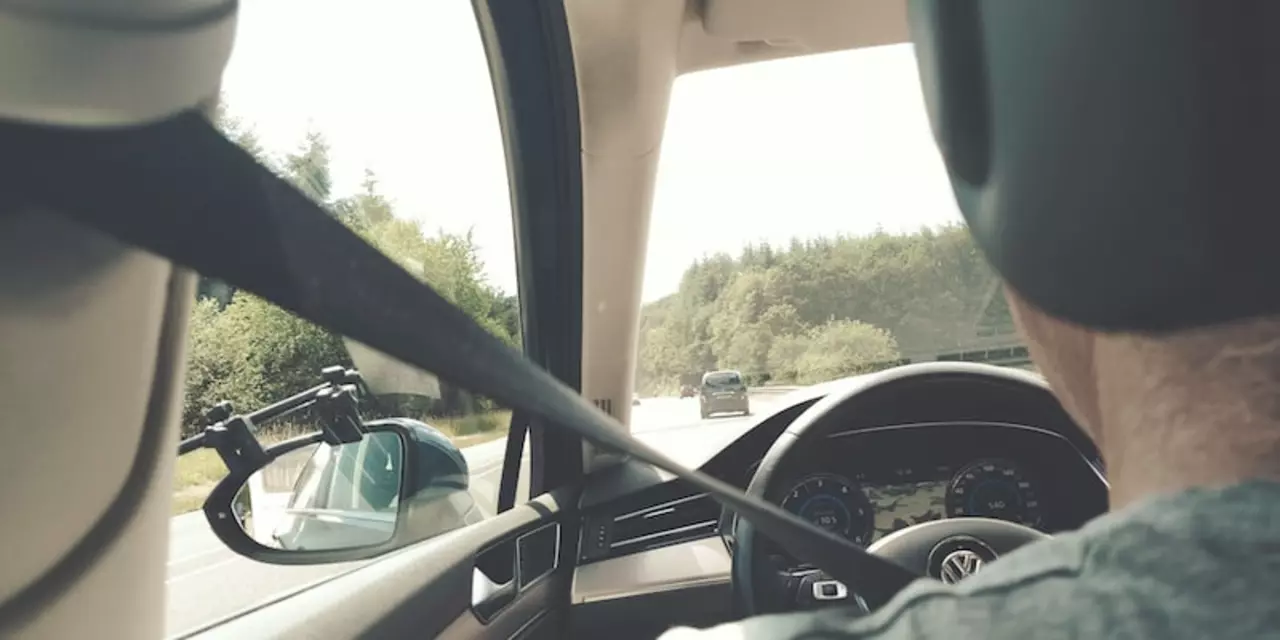Decelerations – How Race Drivers Slow Down Without Losing Speed
When you watch a race, the fast laps grab attention, but the real skill shows up when cars hit the brakes. Good deceleration lets a driver stay ahead, keep the car stable, and even save fuel.
Why Deceleration Matters More Than You Think
Every corner on a track has a braking zone. Hit it too early and you lose precious time; hit it too late and you risk a slide or an accident. The sweet spot comes from knowing the car’s weight shift, tire grip, and how much energy you can dump safely.
Drivers also lose up to 2‑4 kg of body weight from sweat during a single race. That weight loss changes the car’s balance, especially when you’re slowing down. A lighter driver can brake a little quicker, but the car’s front may lift if you’re not careful.
Practical Deceleration Techniques You Can Use
Trail braking is a classic move: you keep the brakes on while you turn, letting the front tires stay planted. It shortens the turn entry and gives you a smoother exit. Start braking a bit before the corner, then ease off as you turn in.
Downshifting works like a brake too. Drop to a lower gear as you approach the corner, and the engine’s resistance helps slow the car. Match the revs to avoid a harsh jerk that could unsettle the car.
Use threshold braking to grab the maximum grip without locking the wheels. Press the pedal just to the point where the tires are about to slip, then release slightly. Modern cars have ABS, but knowing the limit still helps you stay ahead of the system.
Don’t forget the brake balance. Adjust the front‑to‑rear bias based on track conditions. On a hot track, you may need more rear bias to prevent front lock‑up. Most race cars let you tweak this from the cockpit.
Finally, keep an eye on brake temperature. Overheated brakes lose efficiency, making your deceleration longer. Drivers often tap the brakes lightly before a big slow‑down to cool them down.
Putting these tips together gives you a deceleration plan that feels natural. You’ll hit the corner later, stay stable through the turn, and accelerate out earlier. That’s the hidden speed boost that separates the good from the great.
Want more on how drivers manage weight loss, gear selection, and tire wear during deceleration? Browse the other posts in the Decelerations tag – you’ll find deep dives on sweat‑induced weight changes, drag‑racing tire spin, and even virtual racing’s brake modeling.
Remember, mastering deceleration isn’t about slowing down; it’s about staying in control while the rest of the field speeds past. Try these techniques at your next track day and feel the difference instantly.
Why does a racing car use a seat belt other than a regular car?
0 Comments
A racing car uses a seat belt for safety reasons that are different from those of a regular car. Racing cars have to endure high speeds, accelerations, and decelerations, which can be dangerous for the driver if not properly secured. Racing seat belts are designed with these conditions in mind, providing extra support, greater adjustment capabilities, and better placement of the shoulder straps. As a result, racing seat belts are able to provide a higher level of protection for the driver than a regular car would.
Read More